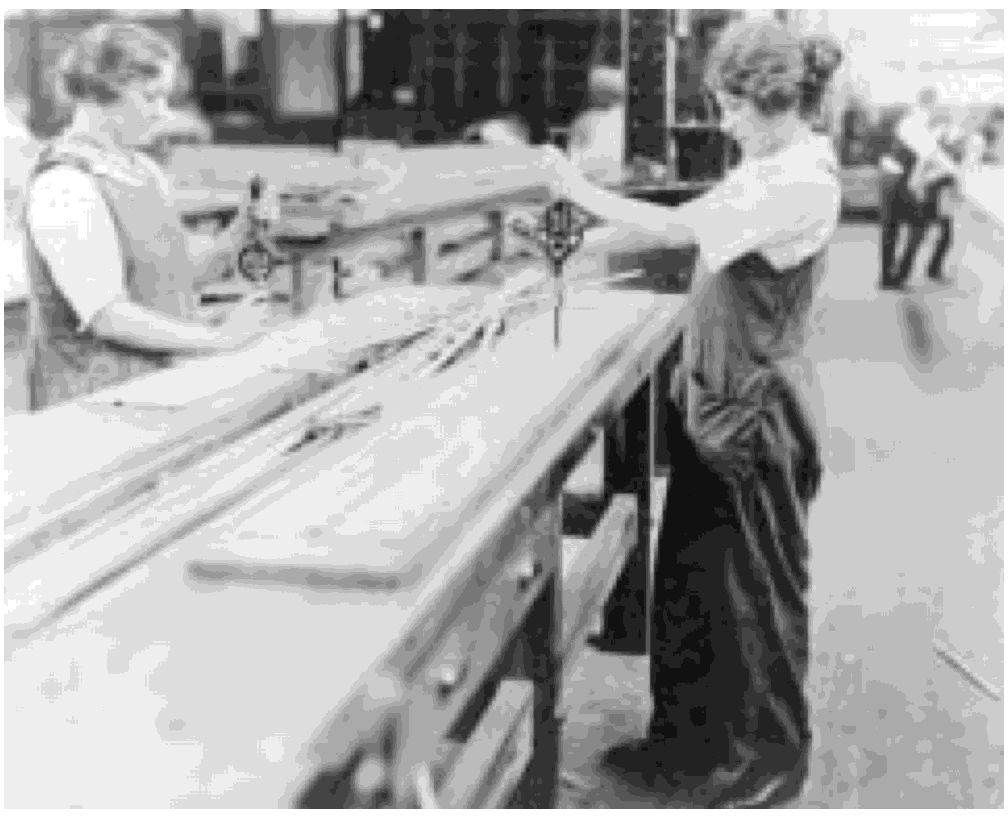

28
UNITED STATES NAVAL AVIATION
1910-1995
1917-Continued
School for advanced flight training and qualification as
a Naval Aviator and a commission as Ensign, USNRF.
This plan was implemented without the benefit of a
formal directive by the establishment of the Ground
School in the same month and the later division of
flight training into elementary and advanced courses.
23 July
Ground instruction for prospective pilots
and for aviation ground officers began at the
Massachusetts Institute of Technology (MIT) with a
class of 43 students comprising the Naval Air
Detachment under command of Lieutenant Edward H.
McKitterick. In this, and in similar programs later
established at the University of Washington, Seattle,
Wash., and the Dunwoody Institute, Minneapolis,
Minn., large numbers of officers were indoctrinated
and introduced to the fundamentals of aviation.
24 July
A large obstacle to the effective expansion
of aircraft production was removed by formation of
the Manufacturers Aircraft Association to handle the
business of a Cross Licensing Agreement by which
member companies had full access to all patents held
by other members at fixed low rates.
26 July
The Army Navy Airship Board endorsed a
proposal by the Bureau of Mines for the experimental
production of helium and recommended the allotment of
$100,000 to construct a small plant for the purpose. This
action, subsequently approved by both Departments,
initiated helium production in the United States.
27 July
An act of Congress authorized the president
to take possession of North Island, San Diego, Calif.,
for use by the Army and Navy in establishing perma-
nent aviation stations and aviation schools. The arrival
of Lieutenant Earl W. Spencer on 8 November 1917,
under orders to establish and command a station for
the purpose of training pilots and mechanics and con-
ducting coastal patrols, marked the beginning of the
present NAS North Island.
27 July
Construction of the Naval Aircraft Factory at
the Navy Yard, Philadelphia, Pa., was authorized for
the purposes of constructing aircraft, undertaking
aeronautical developments and providing aircraft con-
struction cost data.
8 August
The approval by the Secretary of the Navy
for plans to establish one training and three coastal
patrol stations in France was the first of several deal-
ing with an overseas base construction program that
was expanded successively and ultimately provided 27
Woman at work in Naval Aircraft Factory, World War I (NH)2493
Naval Air Station at Treguier, France, showing HS-I flying boats used in patrol over the English
Channe172979
 |
6 |
 |